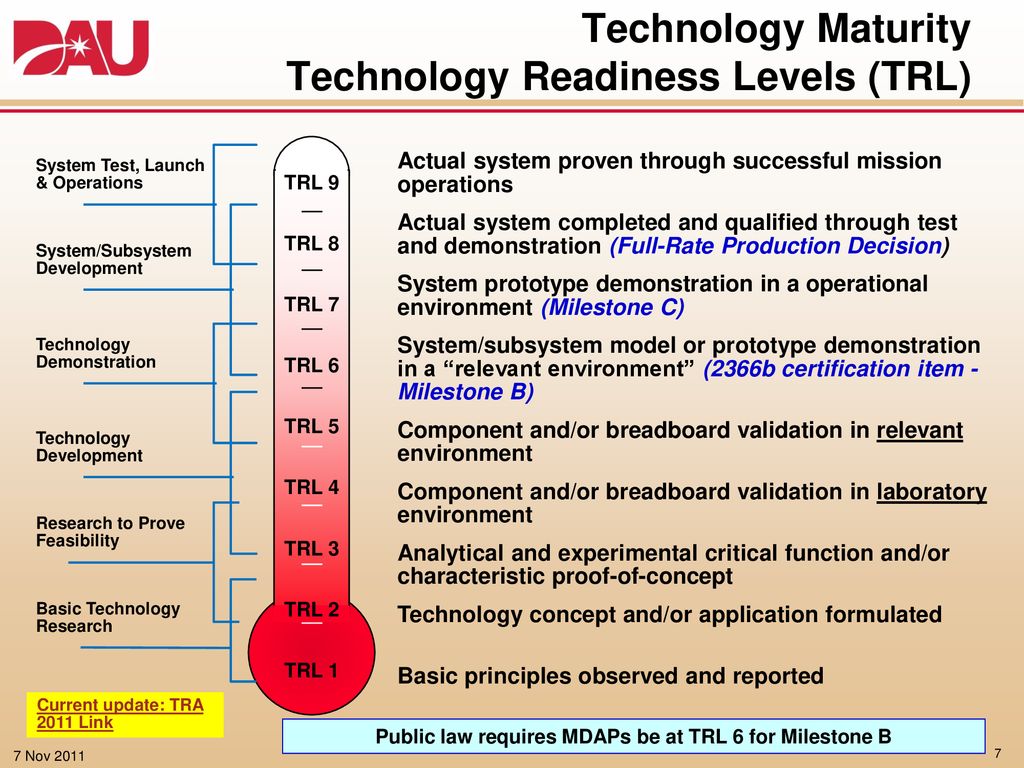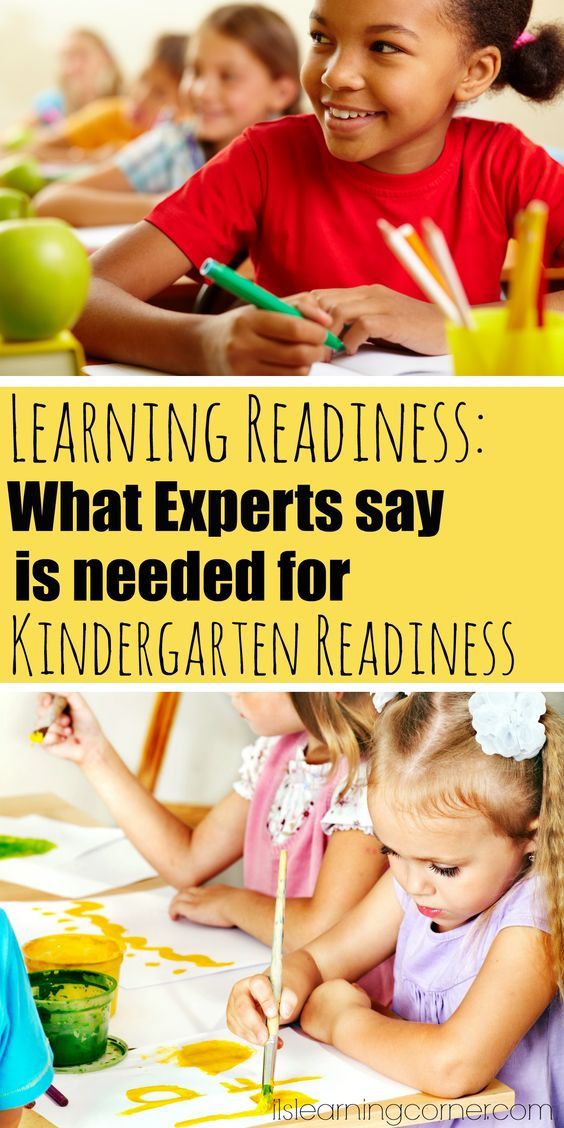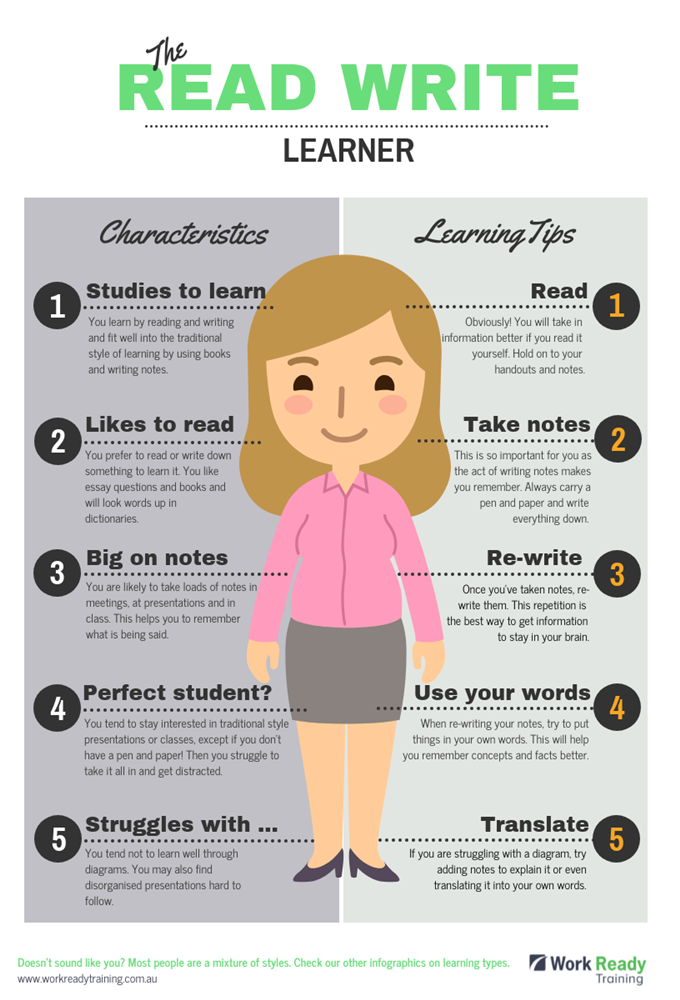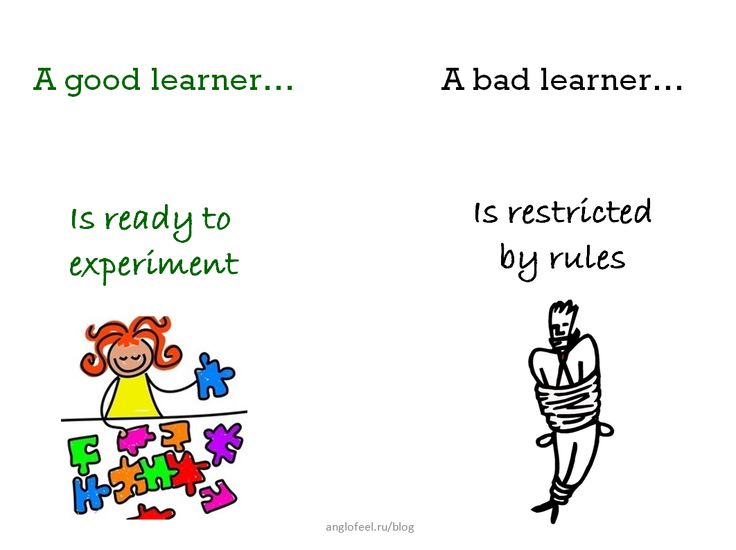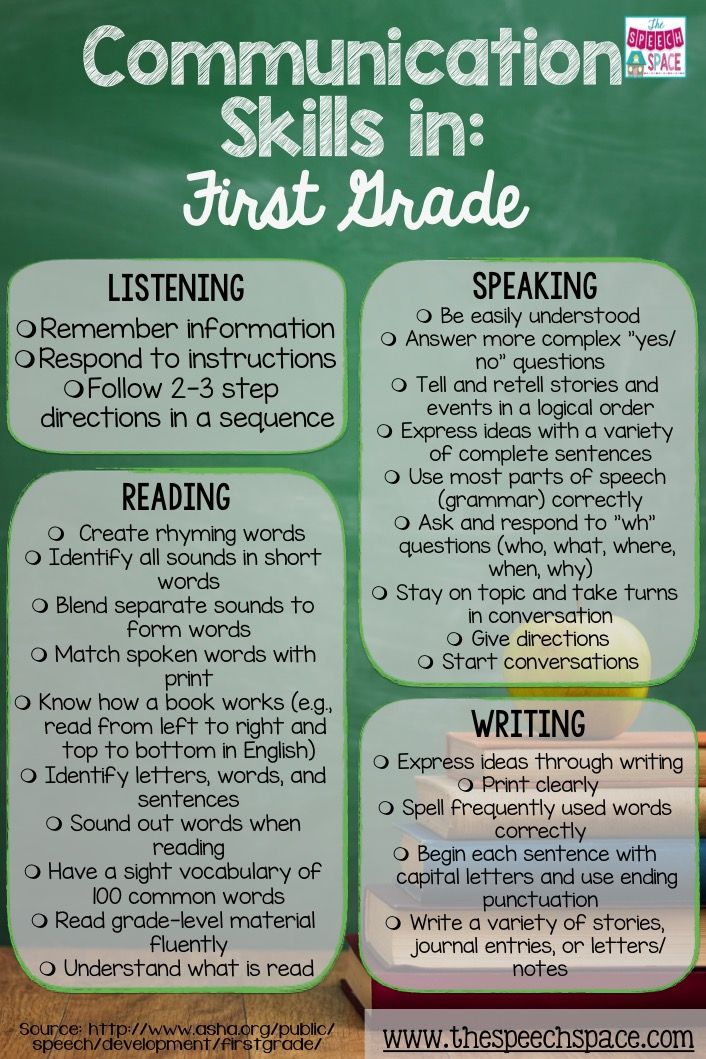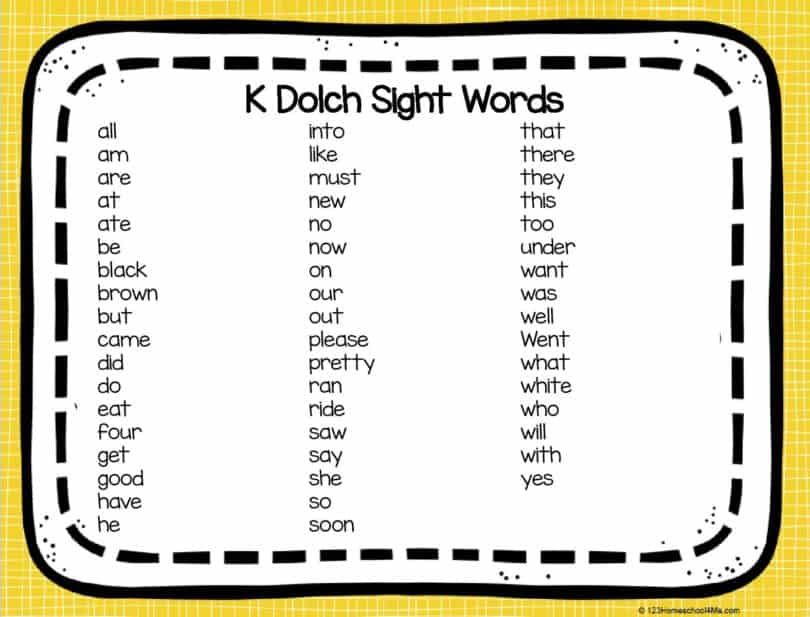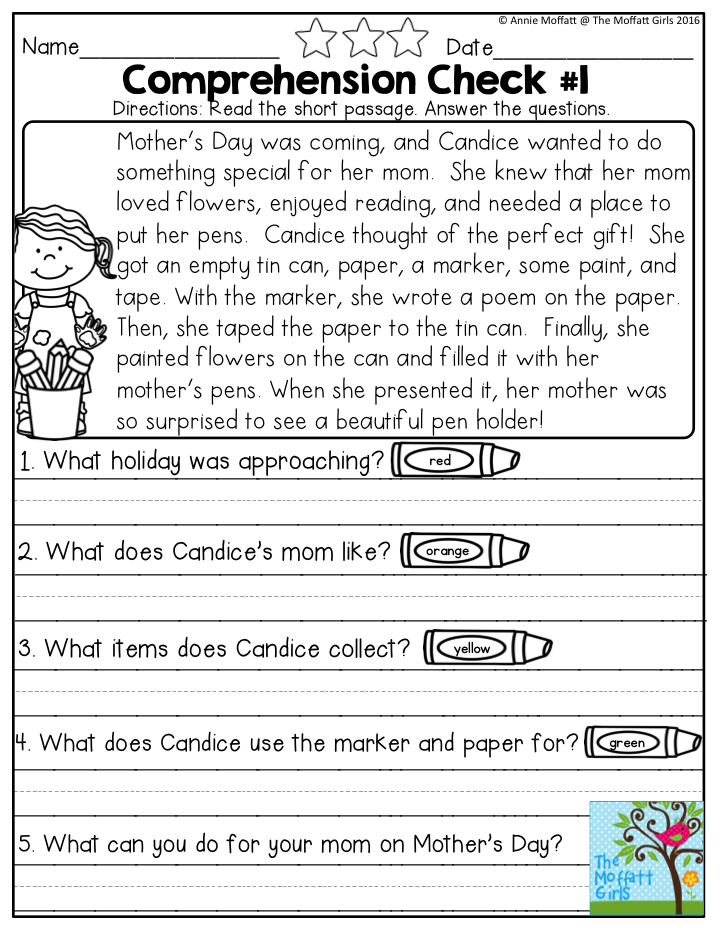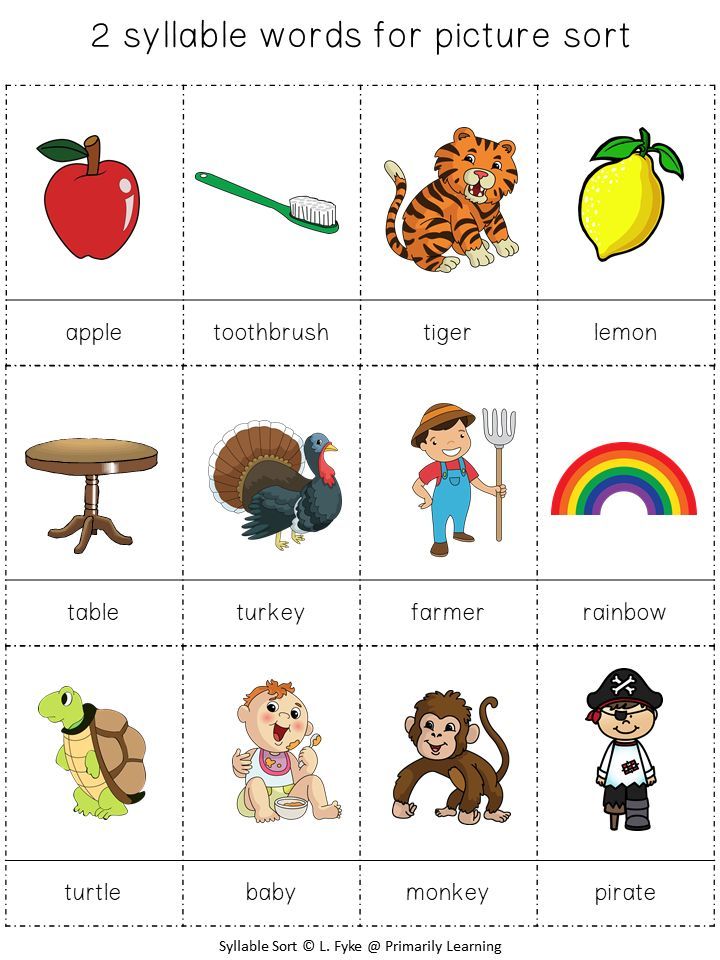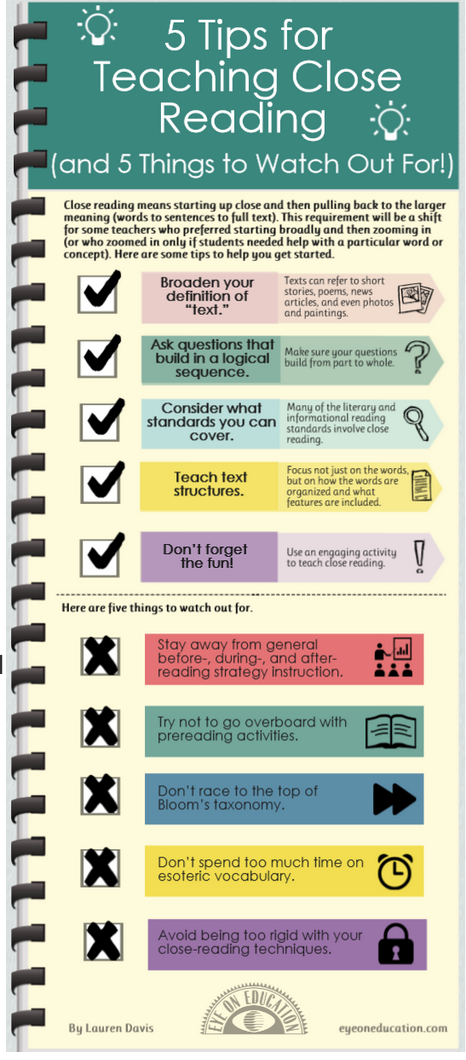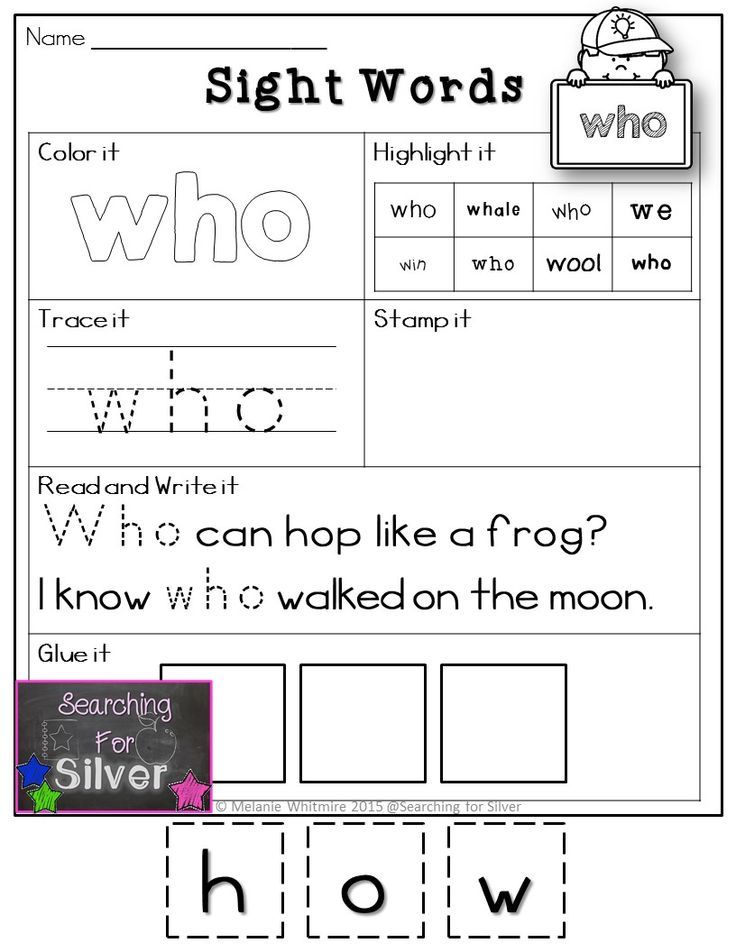What is readiness to learn
Classroom differentiation: ability, readiness and interest
In the first part of our series on differentiation in the classroom, we identified seven learning profiles that teachers should be aware of. This profile differentiation allows teachers to give pupils of all strengths and weaknesses the best chance of learning.
As a key part of differentiation, teachers should establish their pupils’ readiness to learn, their learning interest and learning ability. Scoring learner profiles in these three areas arms teachers with the best strategy to teach a mixed-ability classes. Firstly, however, it is important to understand that readiness is not synonymous with a pupil’s ability, and both can influence his or her motivation, as well as external factors. In this post we breakdown these three principal profile differences and what a high, medium or low rating in each could translate to.
Readiness to learn
Learning readiness refers to how well equipped a pupil is to learn, including circumstantial and environmental factors. A student with a low readiness to learn may be encumbered by difficult personal circumstances in his or her life, or a lower emotional or physical maturity. It can point to external distractions or a personal barrier.
Medium scoring pupils may have medium or high ability and interest in learning, however for whatever reason, they may need some improvements in learning preparation. This can also be the result of changing personal circumstances. Teachers must work hard to engage this pupil to stop him or her becoming the invisible child.
A highly scoring student may be of an appropriate age to learn a new skill, and is unaffected by any distractions or personal problems. He or she is in a stable, suitable learning environment with a rich supply of learning resources.
Learning ability
The academic capability of a pupil generally dictates the pace at which he or she can learn. A student with lower ability and thus a slower pace of learning is by no means an indicator for future failings. A student with less ability may be less academically capable than his or her peers, but teachers should be aware this learner may excel in more specific areas.
A student with less ability may be less academically capable than his or her peers, but teachers should be aware this learner may excel in more specific areas.
Students with a medium ability score may find themselves less motivated to learn, particularly if they lack the confidence to perform in groups. While they may not be as reserved as low ability learners, these pupils may benefit from learning materials with progressively harder tasks to grow their confidence.
Never miss a beat with the latest insights, tips and updates for school leaders and educators.
tick (1)Created with Sketch.View our privacy policy.
A student with a high learning ability score may not present any immediate concerns for teachers or parents, but teachers must ensure this type of learner doesn’t become complacent. This type of pupil should still be given regular attention and assessment so his or her interests are constantly stimulated to avoid a lack of motivation.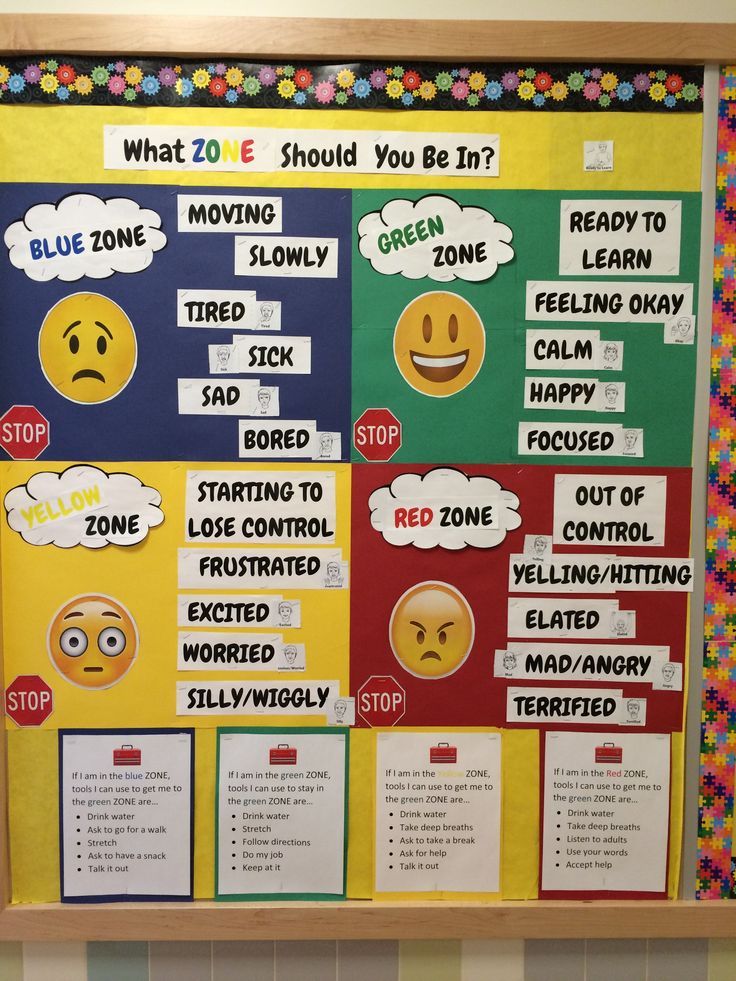
Learning interest
Referring to the levels of motivation a pupil possesses to learn, learning interest will indicate how passionate learners feel about general and specialised subjects. A pupil with a low interest score could be feeling unmotivated due to his or her academic ability or disruptive external factors and circumstances. Teachers should assess his or her ability level to ascertain the situation that is impacting their motivation.
A medium-scoring pupil could be an averagely performing learner and lacking interest in achieving more. This pupil could be more introverted than their peers, and teachers should work on improving his or her confidence.
A highly motivated student, however, could be a high academic performer across all subjects, or a pupil with a specific passion for a specialist subject. This type of student should be encouraged to pursue his or her passion to prosper in future.
Once the implications of these three common learning conditions — readiness to learn, learning ability and learning interest — are fully understood, it is important for teachers to address their mixed-ability pupils using methods of differentiation.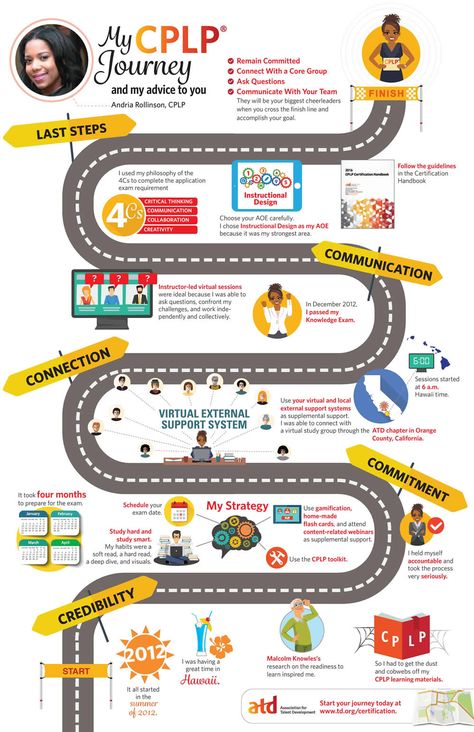 These methods are generally listed under seven principal categories, and we will address these in the third part of our series on differentiation in the classroom.
These methods are generally listed under seven principal categories, and we will address these in the third part of our series on differentiation in the classroom.
5 Learning Strategies to Improve Classroom Focus
The traditional educational environment has long relied on attentive and passive learners to set the tone for productive instruction. However, these characteristics are not the natural dispositions of a majority of learners, particularly younger learners who crave more interactive learning experiences. Remote learning, which has become an increasing popular alternative to in-person learning formats, can make it even more difficult to engage learners, unless you’re employing particular strategies to provide more opportunities for interaction and collaborating in your virtual learning environments.
Fortunately, there are quite a few ways you can increase learner readiness and engagement whether you’re utilizing a hybrid or fully remote learning experience. In this blog, we’ll explore some tips and strategies that can help support learner readiness and empower your learners in their educational journey.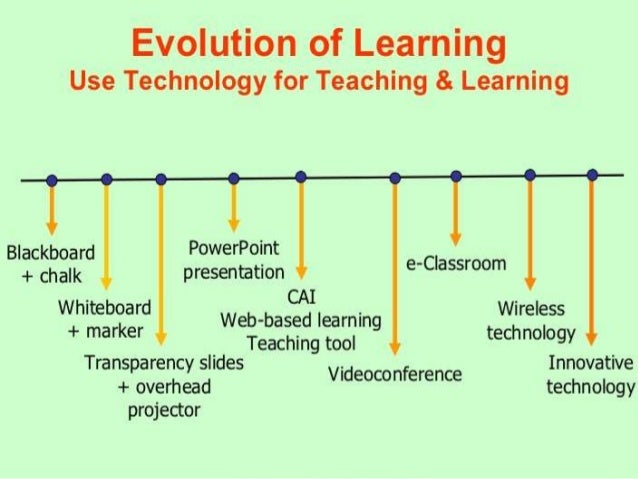
Learning a few teaching techniques may help alter the state of your classroom, but it will not guarantee your effectiveness as a teacher. When you understand the purpose of learner readiness, you will be more apt to naturally make adjustments to your teaching style, classroom management and curriculum to encourage student success.
Learner readiness is the ability of a student to take new information and process it in a way that changes behaviors or leads to desired academic outcomes. In essence, it is the ability for an individual to actively engage in the learning process and take personal responsibility for learned information. The following strategies encourage students to become active participants rather than passive bystanders.
1. Bring the Class Into Focus.Whether you’re conducting a course in the classroom or an online seminar, take a brief moment at the beginning of each class to rein in the focus of your constituents.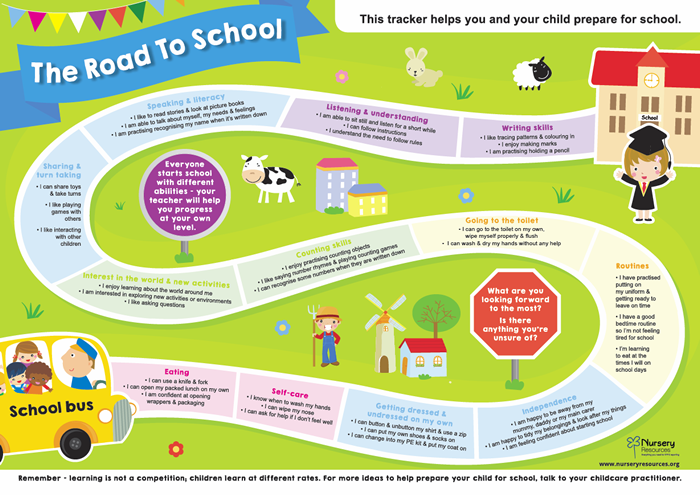 Start with a brief exercise such as sharing a positive highlight from their weekend or asking them to provide a question or comment they had from the previous lesson.
Start with a brief exercise such as sharing a positive highlight from their weekend or asking them to provide a question or comment they had from the previous lesson.
Furthermore, you can encourage learners to sit or stand quietly for a minute and take them through slow, deep breathing exercises. This will increase the oxygen flow to the brain, expel stress and create the opportunity to become present and in the moment. Encouraging brief meditation or slow breathing is proven to help calm and focus learners of all ages.
2. Provide Sensory Outlets.In addition to breathing exercises at the beginning of class, allow opportunities for sensory breaks within the class schedule. Encourage students to take periodic breaks in order to regroup or reset before diving into a new subject or section of the material. This helps learners from becoming overwhelmed or frustrated with a course or subject. Playing a game, working on an art project, or even just taking a short walk outside can be the sensory break needed to restore focus. Scheduling breaks into your lesson for these types of “brain breaks” helps students come back to class refreshed and ready to absorb additional material.
Scheduling breaks into your lesson for these types of “brain breaks” helps students come back to class refreshed and ready to absorb additional material.
Many teachers are frustrated by how much students move and fidget on their own, but movement is not a detriment to learning. In fact, movement is one way to effectively enhance cognitive functions. First and foremost, movement increases the flow of oxygen-rich blood to the brain. This stimulates the neural networks and improves performance with both thought processes and memory recall. Movement also improves learner morale and motivation.
There is a caveat to using movement in learning. Some movements can be noisy and distracting, like the fidget spinner craze of several years ago. Instead of these items, support movement with yoga balls, bouncy seat bands, wiggle cushions, or even encouraging learners to take a minute or two every hour to get up and stretch. These activities allow students the freedom to generate some movement without interrupting classroom focus.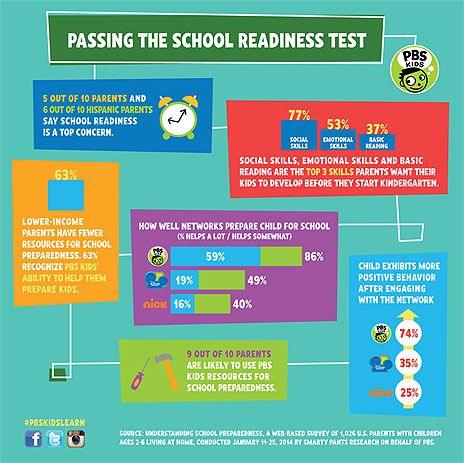
A successful learner has the ability to focus their attention on the information being presented. You can help students develop basic cognitive skills that they can build upon. A failure to process information affects a student’s ability to learn, read and listen, but brain training exercises can lay a new foundation the student can draw on to learn.
There are online programs that provide individualized practice modules focusing on reading and language skills. However, as a teacher, using diverse instructional methods also increases cognitive development. Songs, repetition, visuals, kinesthetic instruction and gamified content provide multiple ways for learners to engage with the material and retain the information they’ve learned.
5. Reinforce the Process Instead of the Results.Rather than focusing on the desired results of the learner you are teaching, focus on the learning process and the specific need of that learner.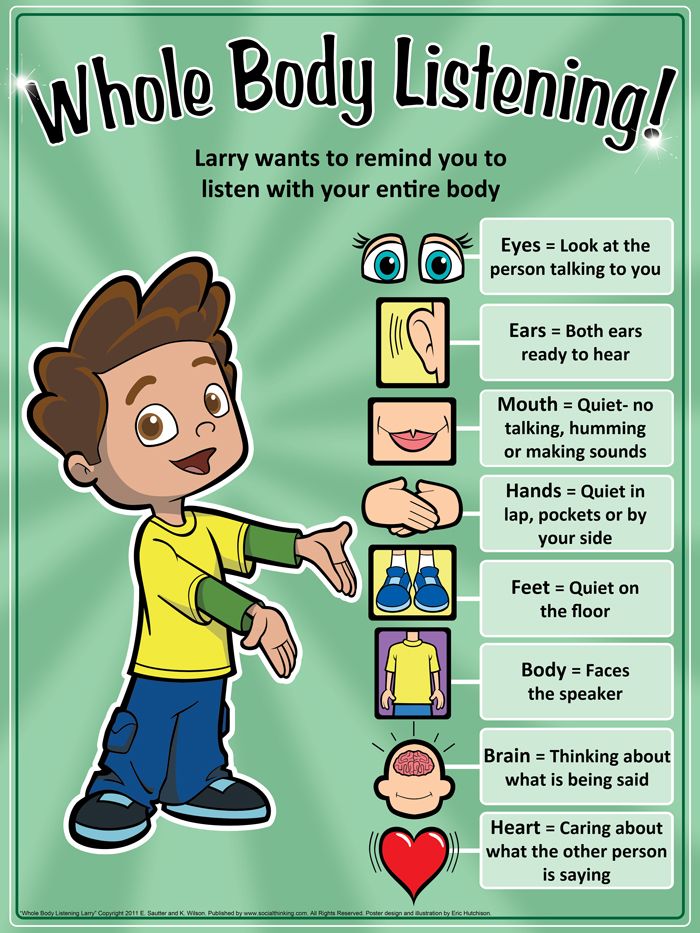 Build custom reports that reflect how learners engage with your eLearning content to reveal the extent of the learning that has taken place. If they’re having to repeat lessons or certain areas within the course, it might be worth evaluating how you can build learner readiness in that area for an optimal experience. Design courses with contextual learning experiences that allow learners to dive into applying a lesson to a real-life scenario. Recognize the efforts and not the innate retentivity the student displays. This will create a growth mindset that encourages and rewards hard work and dedication so learners are ready to receive and retain the information throughout the entire process, not just when it comes to cramming for an exam or evaluation.
Build custom reports that reflect how learners engage with your eLearning content to reveal the extent of the learning that has taken place. If they’re having to repeat lessons or certain areas within the course, it might be worth evaluating how you can build learner readiness in that area for an optimal experience. Design courses with contextual learning experiences that allow learners to dive into applying a lesson to a real-life scenario. Recognize the efforts and not the innate retentivity the student displays. This will create a growth mindset that encourages and rewards hard work and dedication so learners are ready to receive and retain the information throughout the entire process, not just when it comes to cramming for an exam or evaluation.
As there are different learning styles across every group of students, one way of instruction is sure to work better for one type of learner than another. This is why diversified instruction and an accommodating learning environment are crucial to student success.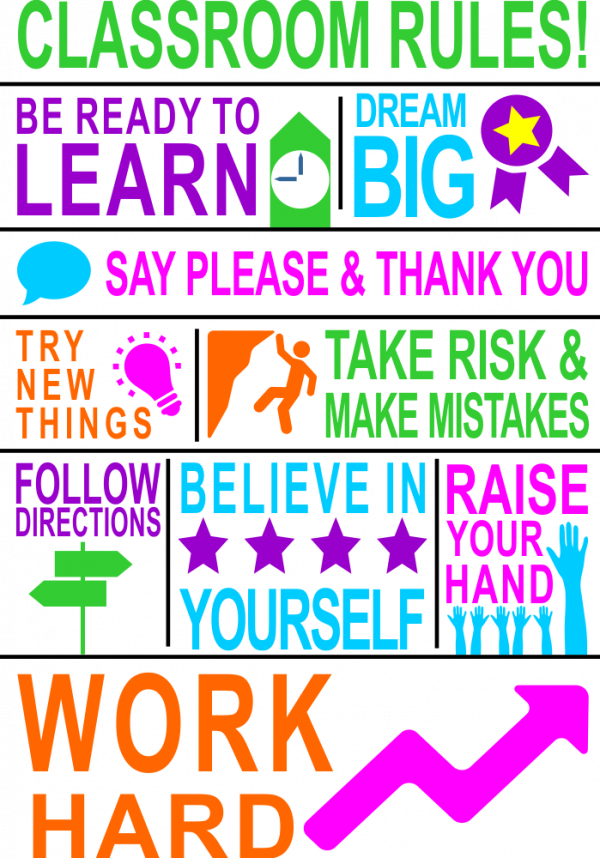 It is for these reasons that a variety of engagement strategies need to be employed. They give every learner the opportunity to reach their potential.
It is for these reasons that a variety of engagement strategies need to be employed. They give every learner the opportunity to reach their potential.
Building a solution that encourages learner readiness, even remotely, is completely possible thanks to the continuous advancements and improvements in eLearning technology. Cutting-edge content coupled with a flexible and scalable solution can allow you to incorporate more engaging and interactive approaches to learning and present opportunities for collaboration and connection among learners and instructors.
To learn more about creating a solution that encourages learner readiness and empowers your team with engaging instruction, contact the experts at Open LMS or request an individual demonstration below.
Request a Demo
Meaning, Definition, Suggestions . What is willingness to learn
- Online translator
- Grammar
- Video lessons
- Textbooks
- Vocabulary
- Professionals
- English for tourists
- Abstracts
- Tests
- Dialogues
- English dictionaries
- Articles
- Biographies
- Feedback
- About project
Examples
Meaning of the word "READY"
Agree to do something.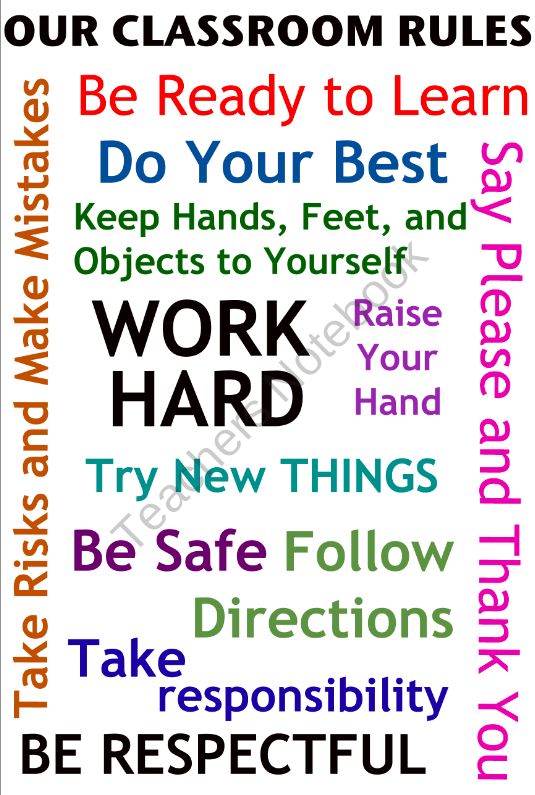 knowledge, skills.
knowledge, skills.
See all meanings of LEARN
Ready to learn sentences
| It takes discipline, patience, and a willingness to learn to beat the Russians, or any other cyber spies, in this game. | |
| Other results | |
| Throughout 1953 and into the first months of 1954, the 21st Division participated in a series of tactical exercises during which it was put on alert. | |
| Where benefits are evident, the willingness of organizational units to engage in intersectoral collaboration can be fully counted on. | |
| Other participants expressed their willingness to commit themselves to reduce emissions and participate in future global efforts to mitigate climate change. | |
| Mr. Chairman, I want to assure you of our full support and readiness to participate in the deliberations of the Disarmament Commission. | |
| Severe penalties for business failure can have a significant impact on young entrepreneurs' willingness to engage in entrepreneurial activity. | |
| The last census based on the census was conducted in 1971, and during this time the willingness of the population to participate in the census has declined sharply. | |
| Some offers also include willingness to participate in the labor market or willingness to do community service. | |
| Finally, tempo models allow students to readily form communities of study and engage in collaborative work. | |
| People who are more patient with future political changes are also more willing to participate in political elections. | |
| Ikeda also set up numerous allied foreign aid distribution agencies to demonstrate Japan's willingness to participate in the international order and promote exports. | |
| The ability to retain information and willingness to participate in it helps students to be motivated and perform well in their studies. | |
| W9YB is actively involved in emergency management in the Tippecanoe County area and maintains a readiness status with its members in relief skills. | |
| Azerbaijan expresses its readiness to take part in any form of international cooperation that will contribute to the implementation of these fundamental principles. | |
| Cuba reiterates its readiness to participate in this work in a dynamic, flexible and constructive manner. | |
| He also announced his willingness to take part in peace negotiations to end the civil war between the armed opposition and the army. | |
| Everyone who was in the garden could breathe freely; life was fragrant; all nature exuded meekness, participation, readiness to help, paternal care, affection, freshness of the dawn. | |
| IDF thanks you, Boaz Bokobza, for your willingness to take part in our combat work. | |
| The tension between the people and the park has thus been reduced and there is now a greater willingness to take part in protecting the gorillas. | |
| The National Association of Private Lotto Operators and Agents in Ghana has expressed its willingness to participate in the game so that its goal is achieved. | |
| Norway declares its readiness to participate actively in this effort. | |
| Another source of friction has been Europe's and America's differing readiness to engage in combat operations in irritating non-European conflicts. | |
| In addition, the willingness of the American public to participate in a new military adventure, with an emphasis on domestic security, can be considered dubious at best. | |
| Ruth promoted the readiness movement to prepare the United States for real participation in the war. | |
| Mon bon ami? - Anna Mikhailovna said inquiringly sadly and with a readiness of any participation. | |
| The sites are on alert. | |
| Participants' sense of willingness to help was stronger for family members than for non-relatives. | |
| Naturally, such effectiveness depends on the full commitment of the participating States to such mechanisms and the willingness to implement the relevant provisions without any discrimination. | |
| This is a new situation for institutions that most market participants would readily admit have been a major driver of asset prices in recent times. | |
| In this case, the Bull of Julius II against simony brought all the participants into a state of combat readiness, and at the conclave of 1513 there is not even a hint of simony. | |
This page provides the definition (meaning) of the phrase / expression "willingness to learn", as well as synonyms, antonyms and sentences, if available in our database. We strive to make the English-Grammar.Biz explanatory dictionary, including the interpretation of the phrase / expression "willingness to learn", as correct and informative as possible. If you have suggestions or comments about the correctness of the definition of "readiness to learn", please write to us in the "Feedback" section.
We strive to make the English-Grammar.Biz explanatory dictionary, including the interpretation of the phrase / expression "willingness to learn", as correct and informative as possible. If you have suggestions or comments about the correctness of the definition of "readiness to learn", please write to us in the "Feedback" section.
Readiness for school is the desire to learn
In recent years, children are less eager to go to school. There has always been a small percentage of such children, but recently it has begun to grow steadily. Five years ago, when examining children, we recorded 26% of preschoolers with low educational motivation or its complete absence, and today they are already 46%, and this percentage is higher where children are intensively prepared for school according to special complicated programs. The depreciation of the school in the eyes of children is directly linked by psychologists with their premature involvement in education. The truncation of the play period of childhood, introducing the child to "pure" knowledge from "young nails" and a one-sided "intellectual" tilt in his early development can play a cruel joke on parents. A child in whom so much effort and money was invested in preschool age not only turns out to be mediocrity at school, but also shows all the signs of neurotic changes in personality.
A child in whom so much effort and money was invested in preschool age not only turns out to be mediocrity at school, but also shows all the signs of neurotic changes in personality.
How to avoid mistakes in preparing a child for school? What should be remembered by parents who are trying to make it easier for their baby to adapt to a new for him - school - reality. Where should you focus your efforts?
From preschoolers to schoolchildren
As a rule, when determining a child’s readiness for systematic learning, psychologists first of all pay attention not to his specific knowledge, but to such behavioral features as perseverance, arbitrariness, independence, the ability to follow instructions exactly, the desire to achieve the desired result and much more. All this together they call personal readiness for school, focusing on the fact that the child who is better prepared for school is not the child who knows a lot or reads fluently, but the one who, due to his personal characteristics, is capable of arbitrary assimilation of systematic knowledge in the conditions of the lesson system. . Children with a similar set of personality traits not only quickly catch up with their “trained” peers at school, but sometimes they quickly overtake them already in elementary school. Where are such useful properties formed in “personally ready” kids for school?
. Children with a similar set of personality traits not only quickly catch up with their “trained” peers at school, but sometimes they quickly overtake them already in elementary school. Where are such useful properties formed in “personally ready” kids for school?
Scientists have been looking for the exact answer to this question for a long time and have not been particularly successful in their search. However, it is more or less certain that all these qualities are formed in children in the range from 4 to 6 years in role-playing games and in games with rules. Taking on the role of another person (for example, a doctor), mastering typical forms of behavior for him, the child not only learns more about the world of adults, but also gets rid of his childish egocentrism, such a kind of delusion that everyone around him thinks and feels exactly like him. By participating in joint activities with other children, the child begins to understand that people see and evaluate the same things differently, and that not everyone shares the opinion of his mother that he is the best person in the world. Surrounding people need proof, and the child gets it, trying to meet the requirements of peers or strangers. The inevitable in this case, dissonances in relations with others, conflicts and misunderstandings make the baby turn his attention to the sphere of human relations and begin to comprehend the laws of behavior in the world of people.
Surrounding people need proof, and the child gets it, trying to meet the requirements of peers or strangers. The inevitable in this case, dissonances in relations with others, conflicts and misunderstandings make the baby turn his attention to the sphere of human relations and begin to comprehend the laws of behavior in the world of people.
In general, mastering the ethical norms of human society and socially regulated forms of behavior becomes the main direction of a child's development in preschool childhood, and a peer and communication with him - a kind of life school, without which the child often turns out to be absolutely defenseless against the requirements of school life.
What to do if the child did not attend kindergarten, did not have full-fledged contacts with peers before school, or, due to his shyness, is generally not inclined to social contacts with peers?
He will most likely have a hard time at school. At the same time, the lack of sociability at this age is not so terrible if the baby also has other prerequisites necessary for school.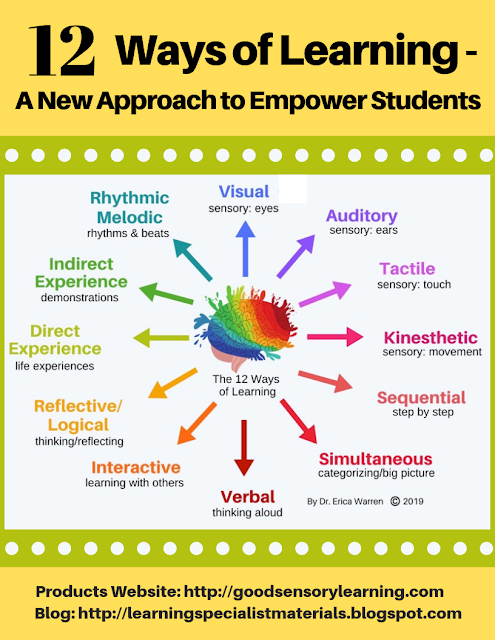 How do they manifest themselves in a child who can predict a successful transition to school life?
How do they manifest themselves in a child who can predict a successful transition to school life?
"Keys" to school
By the age of seven, a child ready for school, as a rule, shows interest in difficult tasks, in tasks with a "secret", and his curiosity is inexhaustible. He loves to challenge adults and peers in doing certain things, constantly competes with them in strength, dexterity, quick wits, likes to compare himself with others - in fact, he constantly seeks confirmation of his “perfections”, and at the same time becomes stricter and more critical of himself . If you try to succumb to him, give in to his persistent desire to stand out, he will be offended - he needs a true victory, and not a concession like a little one.
In addition, an older preschooler has a sharp increase in creative activity. It can also manifest itself in drawing, modeling, designing, which are already well mastered by the child, and maybe in completely new forms: word creation, composing poetry, music, cutting and sewing clothes for yourself, and not for a doll.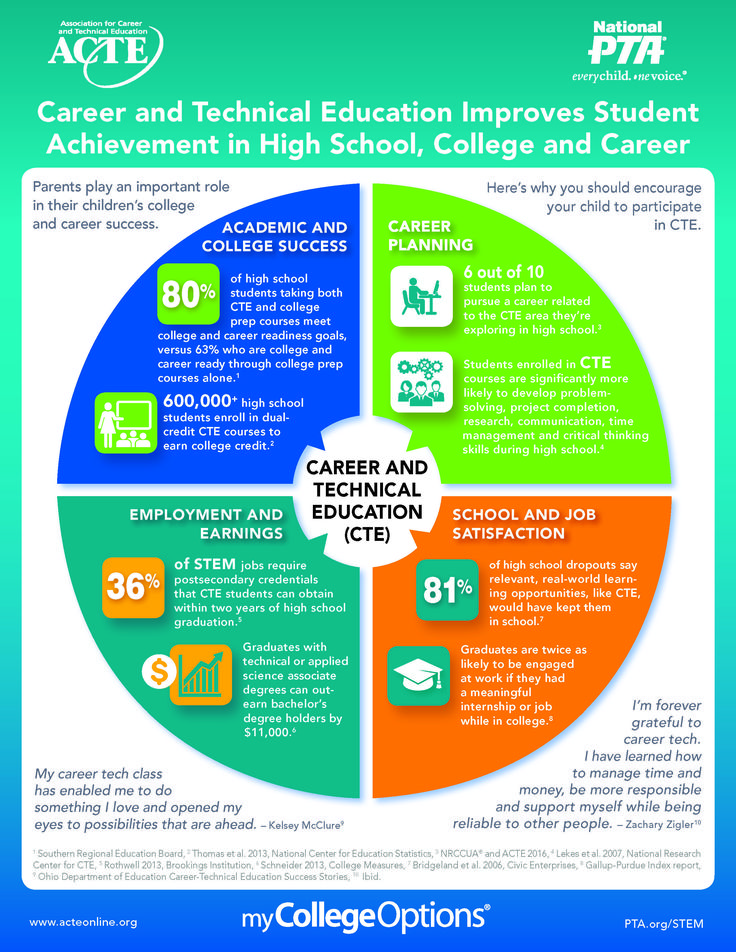 And he suddenly begins to feel the problems of the family, joins in caring for the younger ones, “reminds” adults of their duties, or criticizes the elders for the “wrong” decision. The best gift for a child of this age is to ask him for advice in resolving some issue. His joy will know no bounds.
And he suddenly begins to feel the problems of the family, joins in caring for the younger ones, “reminds” adults of their duties, or criticizes the elders for the “wrong” decision. The best gift for a child of this age is to ask him for advice in resolving some issue. His joy will know no bounds.
A child approaching the age of seven changes the criteria for evaluating himself and those around him. The most important categories are the concepts of "honest-unfair", "fair-unfair". A normally developed seven-year-old is a terrible moralist and a zealous guardian of social justice. In our observations there is a rather amusing case. A six-year-old boy who always enjoyed visiting the video hall, one fine day refused to go there, citing the fact that it violated the copyrights of the Disney film company. Cartoons are played, the company is not paid money, and this is piracy. The bewildered mother remembered that the day before the child had watched a program on TV with a representative of the Disney film company, who complained about the pirated distribution of American cartoons in Russia.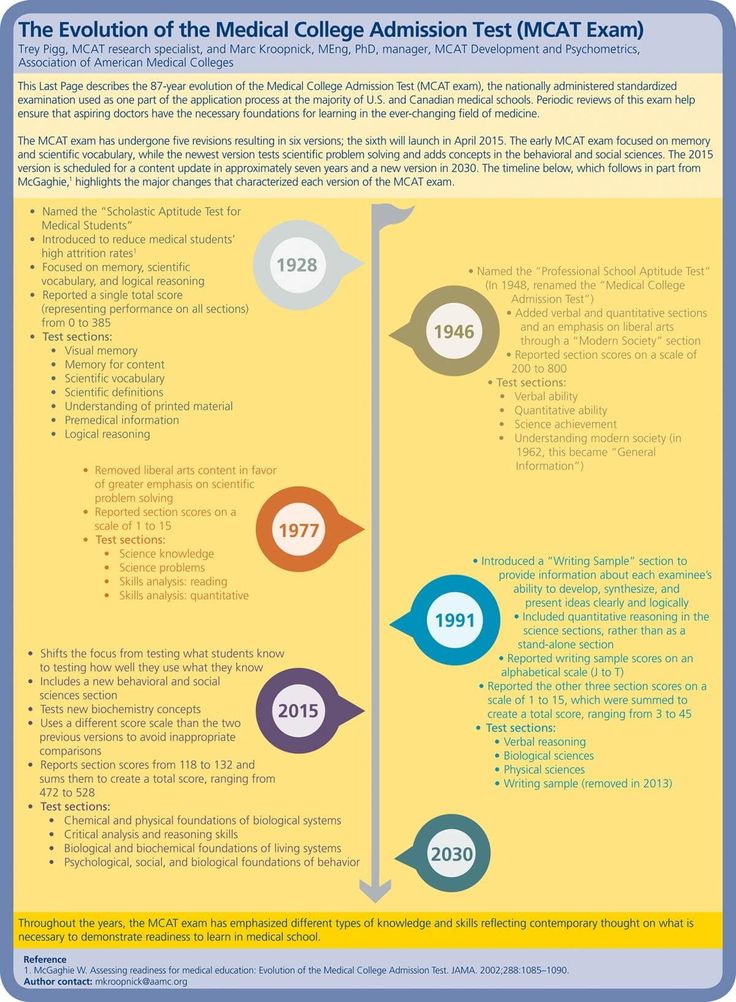
Another important property of a child who has “ripened” to school is his ability to act according to the principle “I don't want to, but I need to”. The ability to force oneself to perform an action that, although unattractive, is necessary for the child himself or is able to please someone else, reflects the highest level of personal maturity of the baby at this age.
In other words, a school-ready child is an absolutely social being. The rules adopted in society become for him the measure of his own self and everything that exists around him. He actively strives for the real thing and begins to despise the game as an occupation of little social value and suitable only for the "little ones". Accordingly, the school acquires a special value in his eyes. There you can do serious things, and communicate with peers, and enjoy freedom from strict regulation of your behavior to the fullest. A school-ready child wants to learn, and his social competence becomes the most important guarantee of a successful school debut.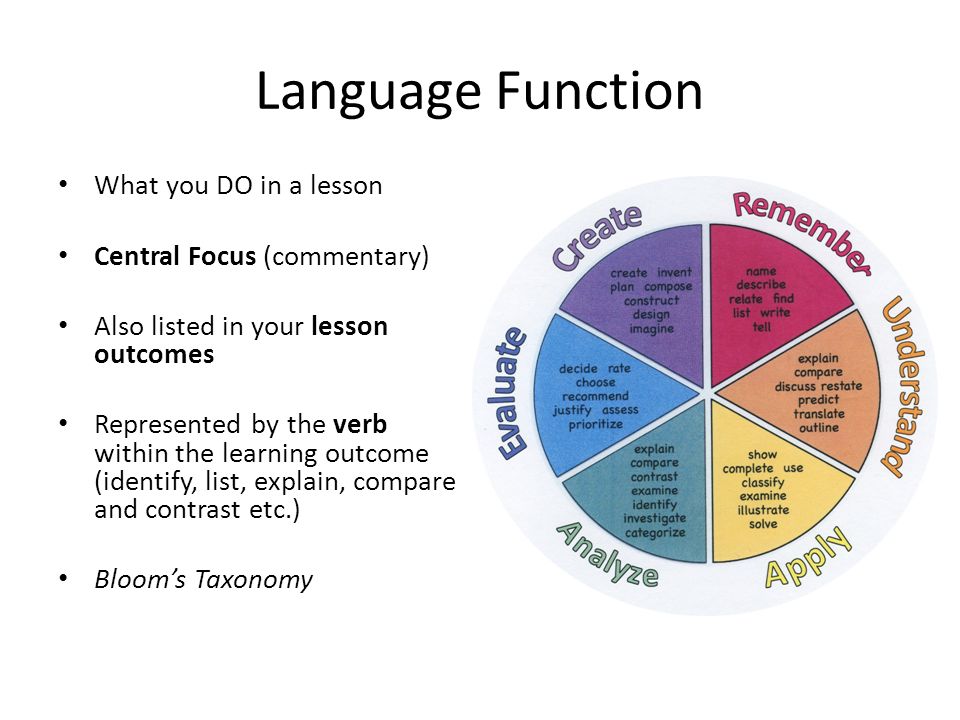
But a child who is psychologically unprepared for school is, as a rule, a child with certain social behavior disorders. They manifest themselves in different ways, but lead to the same result - school maladaptation. Let's dwell on some of them in more detail.
Socially infantile and socially retarded schoolchildren
Social infantilism as a form of social violations is more common among children who were brought up in a family and did not attend kindergarten before school. At school, they tend to be more self-centered and less capable of group activities than their peers, do not fit well into ready-made play groups, and are unable to form their own. They are poorly aware of the motives and needs of other children, painfully react to criticism addressed to them. These children may also have difficulties in learning, for example, they are less productive in solving educational problems, and they often find solutions through blind trial and error. Sometimes they tend to perceive the learning task as a game, and sometimes they simply do not perceive the learning task without the game stimulation of its solution. These children are characterized either by an indifferent attitude to the results of their actions in the lesson, or vice versa - an acute experience of failure and the need for positive assessments, regardless of the result of their actions in the lesson. If they do not develop close emotional and personal relationships with the teacher, of the type that they are associated with family members, they turn out to be demoralized and unable to perceive information coming from the teacher. They need the constant attention of others and every minute positive reinforcement of each action. Business relationships with teachers and classmates are formed by these kids with great difficulty.
These children are characterized either by an indifferent attitude to the results of their actions in the lesson, or vice versa - an acute experience of failure and the need for positive assessments, regardless of the result of their actions in the lesson. If they do not develop close emotional and personal relationships with the teacher, of the type that they are associated with family members, they turn out to be demoralized and unable to perceive information coming from the teacher. They need the constant attention of others and every minute positive reinforcement of each action. Business relationships with teachers and classmates are formed by these kids with great difficulty.
In socially detained children, the manifestation of social deviations is different. However, at school, they, like socially infantile children, give the largest percentage of students with symptoms of school neurosis. In this risk group, most often there are kids who were intensively trained for school, sometimes depriving them of the game types of activity that are natural for preschool children.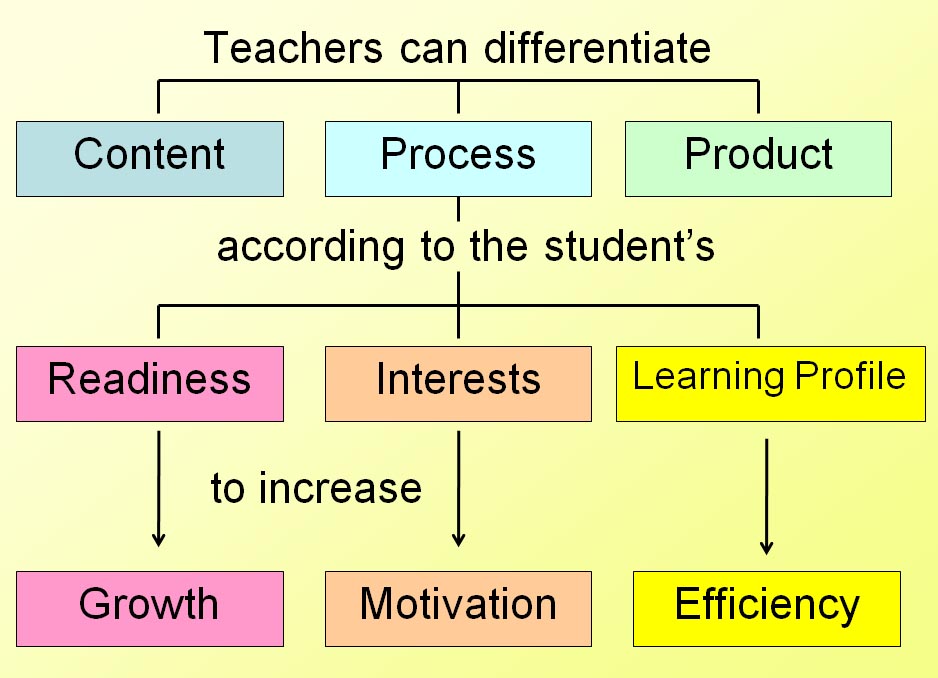 The unreasonableness of such a practice was noted by many scientists. Renowned child psychologist D.B. Elkonin convincingly proved in his experiments that the knowledge acquired by children in the system of preschool development is not automatically transferred to school reality. At school, they will have to be mastered anew, embedding them in a different - educational - activity and in a different - school - context of the child's life. Otherwise, this knowledge simply will not be able to ensure the development of the baby at school, and will remain a “spectacular start” of his school life without further flight. But untimely study can harm.
The unreasonableness of such a practice was noted by many scientists. Renowned child psychologist D.B. Elkonin convincingly proved in his experiments that the knowledge acquired by children in the system of preschool development is not automatically transferred to school reality. At school, they will have to be mastered anew, embedding them in a different - educational - activity and in a different - school - context of the child's life. Otherwise, this knowledge simply will not be able to ensure the development of the baby at school, and will remain a “spectacular start” of his school life without further flight. But untimely study can harm.
Early systematic education (in whatever form of play it is carried out) at best ends with the fact that at school the child learns again what he was taught before school with a colossal expenditure of effort and energy, and at worst, he develops a stable disgust for school. Socially detained children are, first of all, children who are tired of studying even before school.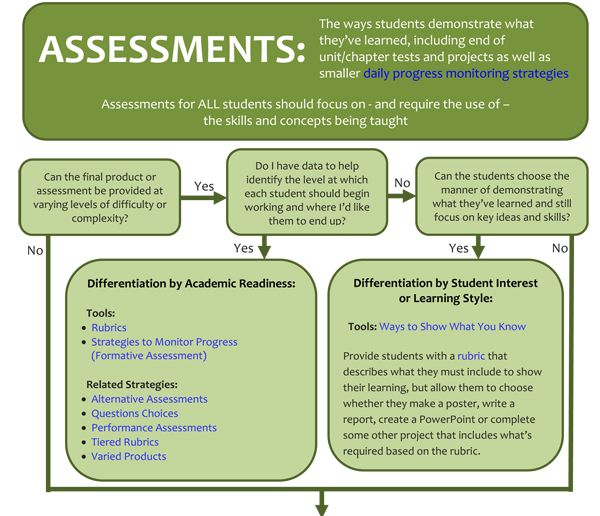 They deftly cope with some type of learning tasks, but they absolutely do not know how to improve themselves. As soon as the school program exhausts their "preschool" supply, they begin to lag behind other children in development. The inability to perceive peers as additional sources of knowledge, the inability to interact with peers is a sad result of the reduction in the play period of childhood for these kids.
They deftly cope with some type of learning tasks, but they absolutely do not know how to improve themselves. As soon as the school program exhausts their "preschool" supply, they begin to lag behind other children in development. The inability to perceive peers as additional sources of knowledge, the inability to interact with peers is a sad result of the reduction in the play period of childhood for these kids.
In an excellent monograph by psychologist-researcher G.A. Zuckerman "Types of communication in learning", the social qualities of the personality of a preschool child generally act as the main aspect of their readiness for school. The author considers the main prerequisite for the productive mastering of educational activities at school is the ability of children to "cooperative-communicative" modes of action in the classroom, not so much with the teacher as with other children. The presence of a “symbiotic children's community” that acts together in the classroom and equally divides successes and failures into all, is, in her view, the main condition that does not allow each individual child to reduce the learning task to a more primitive, concrete-practical one, and the learning action to a simple imitation of the teacher's model.

